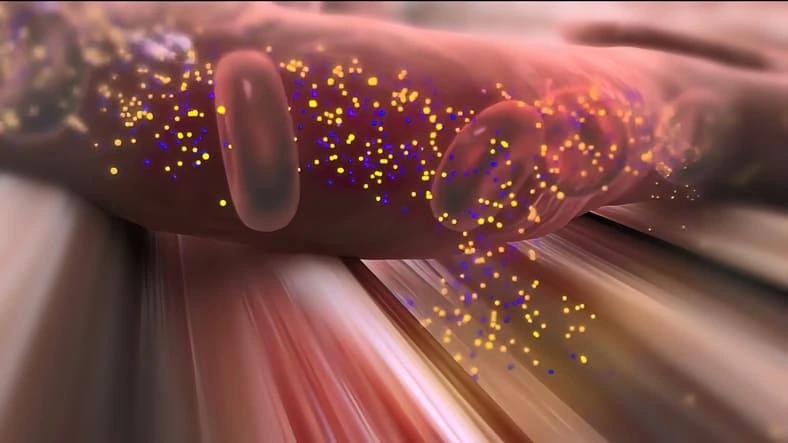KEY TAKEAWAYS
- The phase IV trial aimed to compare the efficacy and safety of PLD/CD and CP as first-line treatment for EOC.
- The primary outcome was PFS, while secondary outcomes included OS, ORR, DCR, and safety.
- The study found that the CD regimen was as effective as CP but had fewer side effects. This may be a good alternative first-line treatment for EOC, but a longer follow-up is needed to confirm its efficacy.
Paclitaxel and carboplatin is a commonly used combined chemotherapy for treating ovarian cancer. Researchers aimed to compare the efficacy and safety of pegylated liposomal doxorubicin, paclitaxel plus carboplatin (PLD/CD), and CP as first-line treatment for epithelial ovarian cancer (EOC).
The study included patients(pts) with stage IC to IV epithelial ovarian cancer, fallopian tube cancer, or primary peritoneal cancer. They were randomly assigned 1:1 to either the CD group (carboplatin AUC 5 plus PLD 30 mg/m2) or the CP group (carboplatin AUC 5 plus paclitaxel 175 mg/m2) administered every 3 weeks for 3-6 cycles. The study aimed to assess progression-free survival (PFS) as the primary outcome, along with secondary outcomes, including overall survival (OS), objective response rate (ORR), disease control rate (DCR), and safety.
About 395 pts were enrolled, with 391 pts (195 in CD and 196 in CP) included in the analysis. Baseline characteristics were comparable between the groups. Median follow-up times were 21.6 months (CD) and 22.5 months (CP). The study found no significant difference in PFS between the two groups (P=0.516), with a median PFS of 28.1 months (CD) and 30.1 months (CP).
The OS data were immature at the data cutoff, with 26 deaths in the two treatment groups. In pts with at least one measurable lesion at baseline, ORR was 65.5% in the CD arm and 66.2% in the CP arm (P= 0.941); DCR was 74.1% and 73.8% in the CD and CP arms, respectively (P= 0.971). Among pts evaluated by GCIG CA125 criteria, CA125 response was achieved in 86.0% and 88.5% of pts in the CD and CP arms, respectively (P=0.560). More frequent grade 1 to 3 alopecia (32.1% vs. 12.3%) and neurotoxicity (20.4% vs. 0%) was observed in the CP arm, while the CD arm showed higher rates of hand-foot syndrome (grade 1 to 3, 10.8% vs 2.6%) and oral mucositis (grade 1-3, 12.8% vs 5.1%).
The study found that the CD regimen was as effective as CP but had fewer side effects. This may be a good alternative first-line treatment for EOC, but a longer follow-up is needed to confirm its efficacy.
Source: https://ascopubs.org/doi/abs/10.1200/JCO.2023.41.16_suppl.5556
Clinical Trial: https://classic.clinicoaltrials.gov/ct2/show/NCT03794778
Yuanming Shen, Beihua Kong, Bairong Xia, Fei Wang, Rutie Yin, Qingshui Li, Ying Yue, Shan Kang, Liping He, Ke Wang, Yuanguang Meng, Shixuan Wang, Pengpeng Qu, Xianghua Huang, Ruixia Guo, Ping Yan, Mei Pan, Ge Lou, Wenjun Cheng, and Xing Xie. DOI: 10.1200/JCO.2023.41.16_suppl.5556 Journal of Clinical Oncology 41, no. 16_suppl (June 01, 2023) 5556-5556.



